The Photographs of Women’s Bodies That Instagram Censored
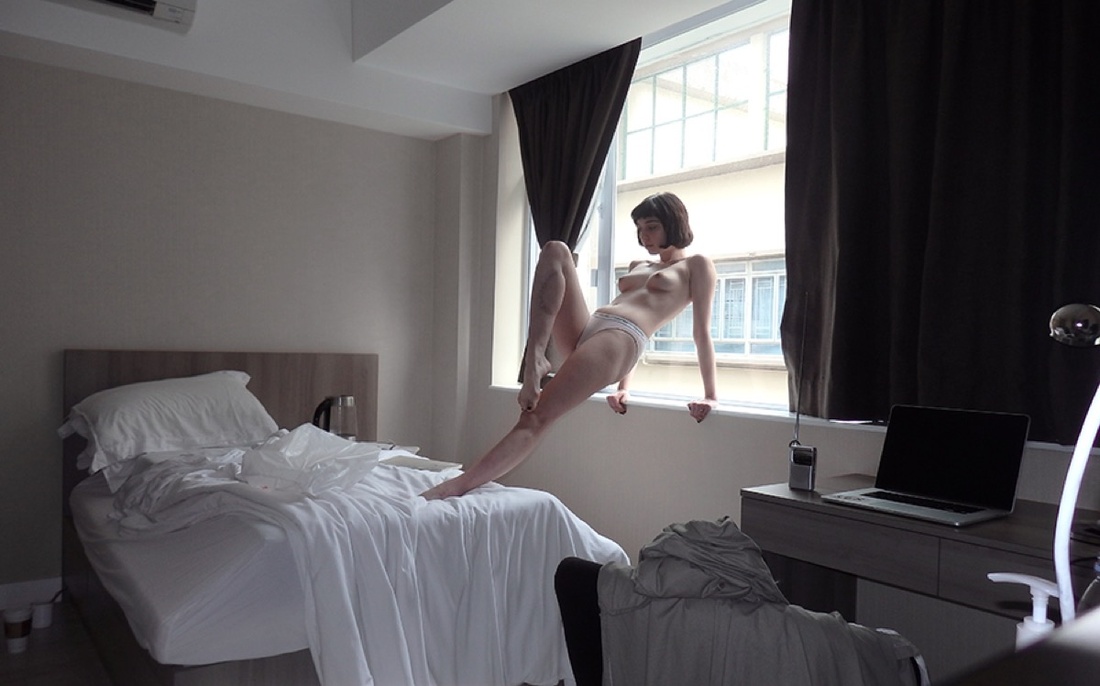 Photo: @amaliaulman. Courtesy of Molly Soda and Arvida Byström.
Photo: @amaliaulman. Courtesy of Molly Soda and Arvida Byström.
In 2013, artist Petra Collins posted a photograph of her natural bikini line to Instagram—and almost immediately, her account was deleted. In 2015, poet Rupi Kaur’s photograph of a woman sleeping amongst period-stained clothing and bedsheets was taken down, twice, by Instagram moderators. Around this time, Amalia Ulman’s topless portrait in a hotel room window got the axe.
These are just a few of the many photographs that have been banned from Instagram over the years. And last week, a new photo book by artists Molly Soda and Arvida Byström, Pics or It Didn’t Happen: Images Banned From Instagram, brought a selection of them back into the public sphere.
After observing an increasing amount of photographs being taken down from Instagram amongst their peers, Soda and Byström decided to create a book to memorialize those images. They put out a call to friends and the wider Instagram community for submissions of such photographs. From the nearly 1,000 images they received, they chose some 250 to feature.
 Photo: @arvidabystrom. Courtesy of Molly Soda and Arvida Byström.
Photo: @arvidabystrom. Courtesy of Molly Soda and Arvida Byström.- Photo: @appropriatingwhiteculture. Courtesy of Molly Soda and Arvida Byström.
The book engages in a dialogue around the policies found across social media, which are designed to keep users safe, though have unintentionally censored artistic freedoms. Instagram’s terms of use specifically prohibit “violent, nude, partially nude, discriminatory, unlawful, infringing, hateful, pornographic or sexually suggestive photos.” While these policies are enforced in a number of ways across social media platforms, including human moderators and algorithms, Soda believes these images were moderated by people.
It’s a challenging issue for platforms like Instagram, which at its core is committed to fostering creativity and building global communities. Not to mention that it has become a fundamental tool—a medium, even—for so many artists.
In addition to hindering artistic freedoms, Soda and Byström argue that these policies reinforce harmful stigmas against women’s bodies. “I think the problem with Instagram is just mirroring a bigger problem within society, which is how we look at bodies and I think that’s where things really have to change,” says Soda. The 28-year-old artist has garnered a massive following for internet-based performance work, and has seen a handful of her own images taken off the platform.
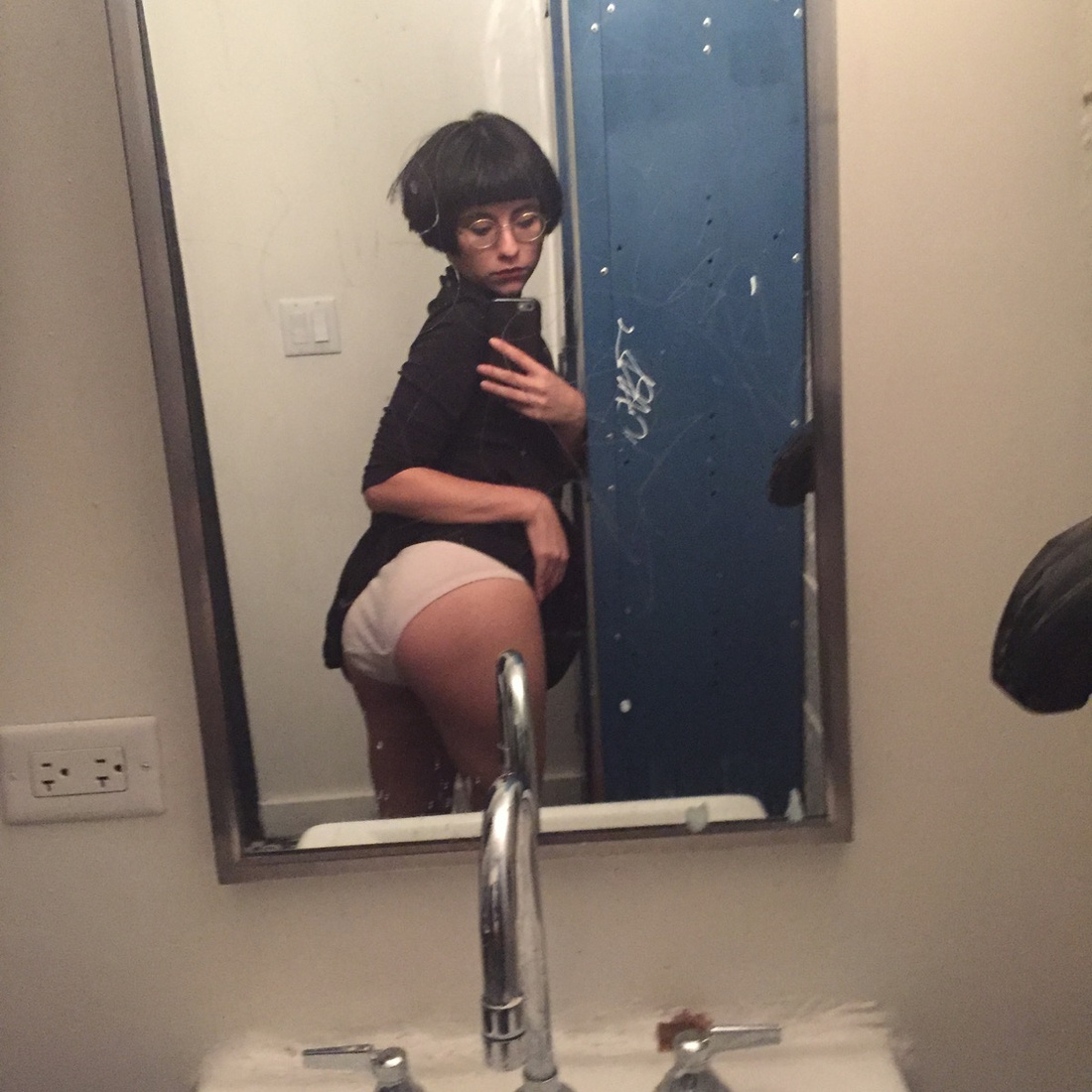 Photo: @lucylippard. Courtesy of Molly Soda and Arvida Byström.
Photo: @lucylippard. Courtesy of Molly Soda and Arvida Byström.- Photo: @bloatedandalone4evr1993. Courtesy of Molly Soda and Arvida Byström.
Those images that piqued Soda’s interest were not the standard no-nipple clause offenders, but rather, photographs that involved no nudity at all: A close-up of a sweat stain on her crotch, legs stained with period blood, or pubic hair peeking out of underwear among them.
“It’s tied with shame, and with how women’s bodies, or more female-presenting bodies, are sexualized,” says Soda. “When Instagram decides to delete something, they’re immediately sexualizing it,” she says, while not everyone posting these images necessarily has that intention.
One photograph shows a woman taking an iPhone selfie in a public restroom, playfully lifting up her dress to reveal a pair of “granny panties.” It’s hardly the salacious gesture one might expect from an up-the-skirt shot deemed unfit for the platform. But that’s precisely why it’s in the book.
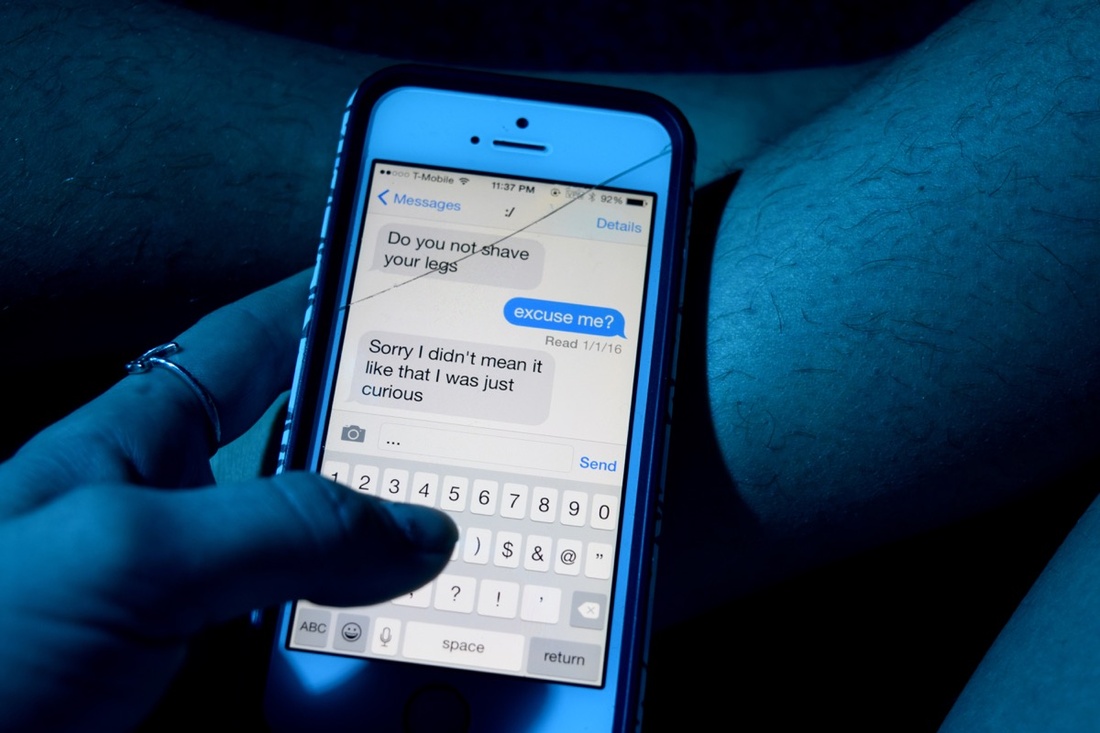 Photo: @c.har.lee. Courtesy of Molly Soda and Arvida Byström.
Photo: @c.har.lee. Courtesy of Molly Soda and Arvida Byström.
Soda and Byström intentionally sought out a number of images that weren’t overtly sexual, to see what Instagram had deemed sexual or inappropriate. An older woman’s nude but unexposed body and a woman’s unshaven legs are included. “It’s also telling you what an appropriate body is,” says Soda. “There are probably images that wouldn’t get taken down had there not been any pubic hair involved, had the person been thinner, or whiter, or whatever it is,” she adds. The images have led Soda and Byström to ask questions around who feels entitled to post this type of imagery and to share their bodies online.
One of the most controversial images, she says, sees a dark-skinned woman wearing a hijab and talking on her cell phone. “It’s literally just a portrait, and I’m not sure why it got taken down,” says Soda.
While art and censorship is an age-old battle, platforms like Instagram, Facebook, and Twitter are met with a uniquely 21st-century challenge to support free artistic expression while safeguarding their wider digital communities. Each wields tremendous influence to determine what passes, and what doesn’t, in culture.
 Photo: @isaackariuki.jpg. Courtesy of Molly Soda and Arvida Byström.
Photo: @isaackariuki.jpg. Courtesy of Molly Soda and Arvida Byström.- Photo: @arvidabystrom. Courtesy of Molly Soda and Arvida Byström.
Although Soda stresses that she is not necessarily anti-censorship, and would rather not see beheadings on her feeds, she does want to see more of other things. “When you make something illicit it elevates it,” she says. This applies especially to content shielded from children: “If everyone were presented with the types of images that we have in this book, I think maybe a lot of attitudes would change from an early age.”
—Molly Gottschalk

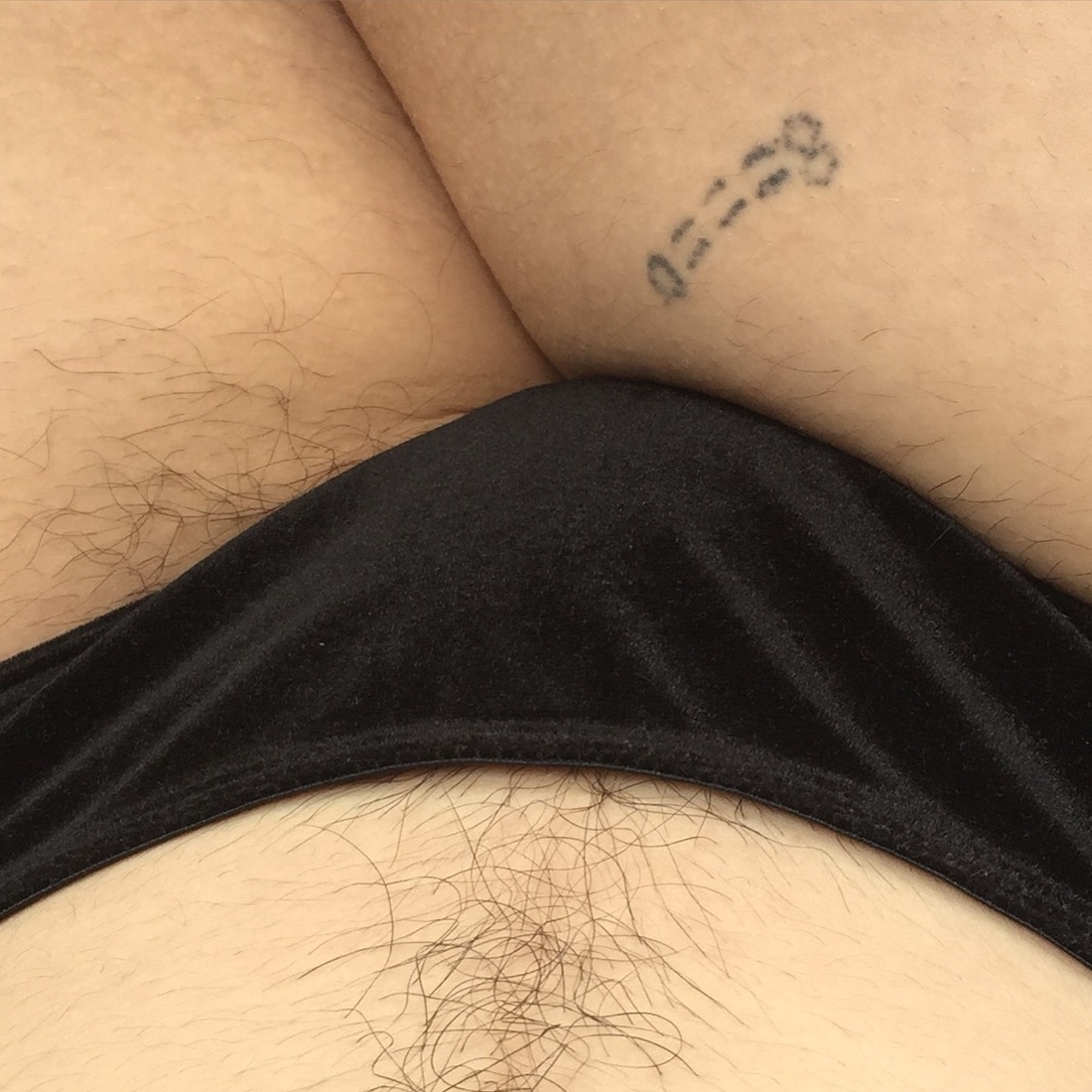
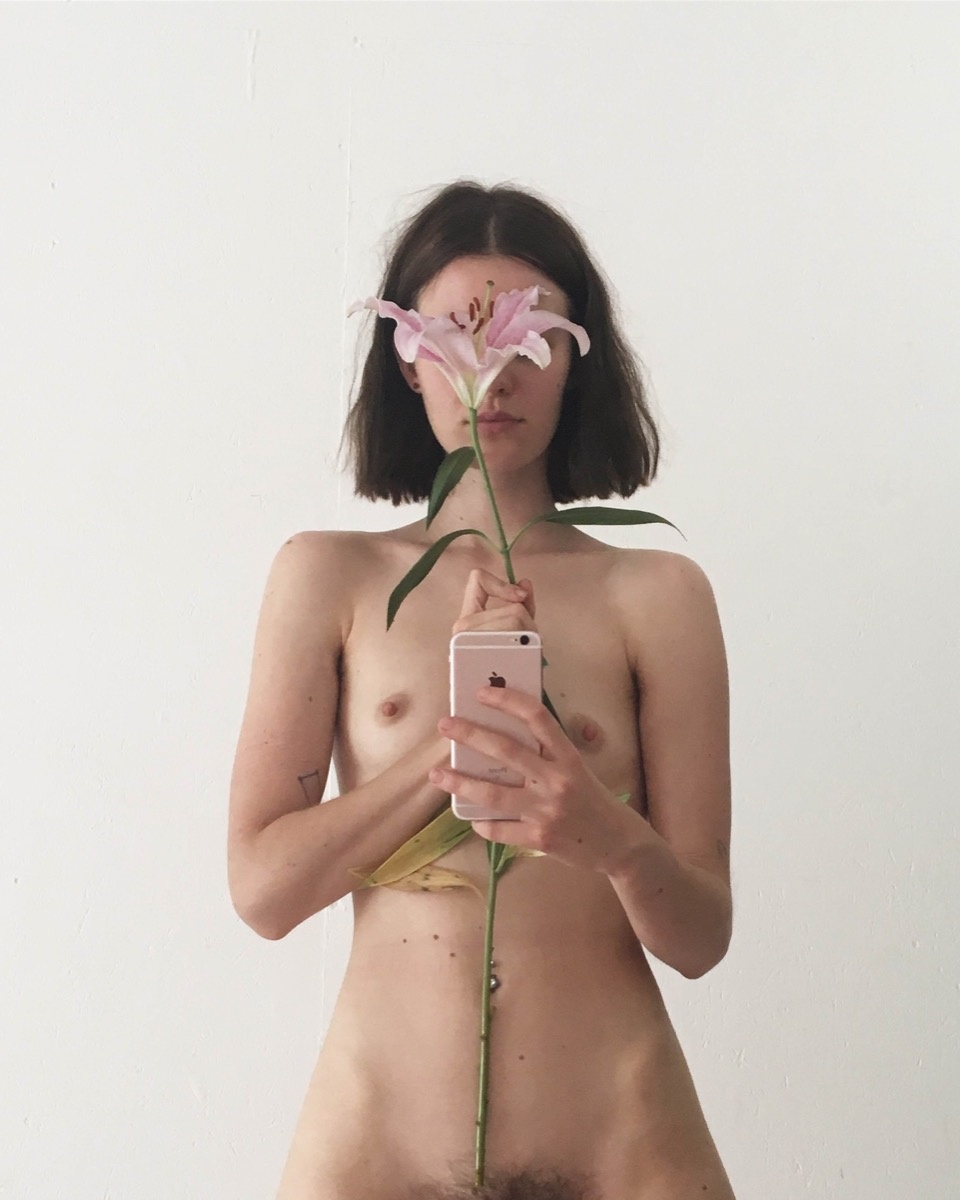

No comments:
Post a Comment